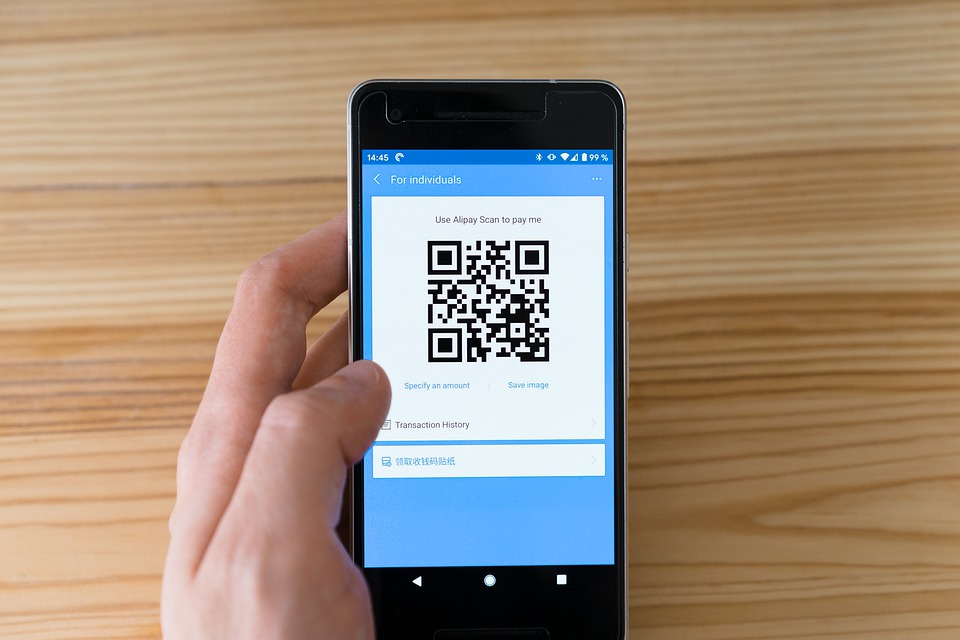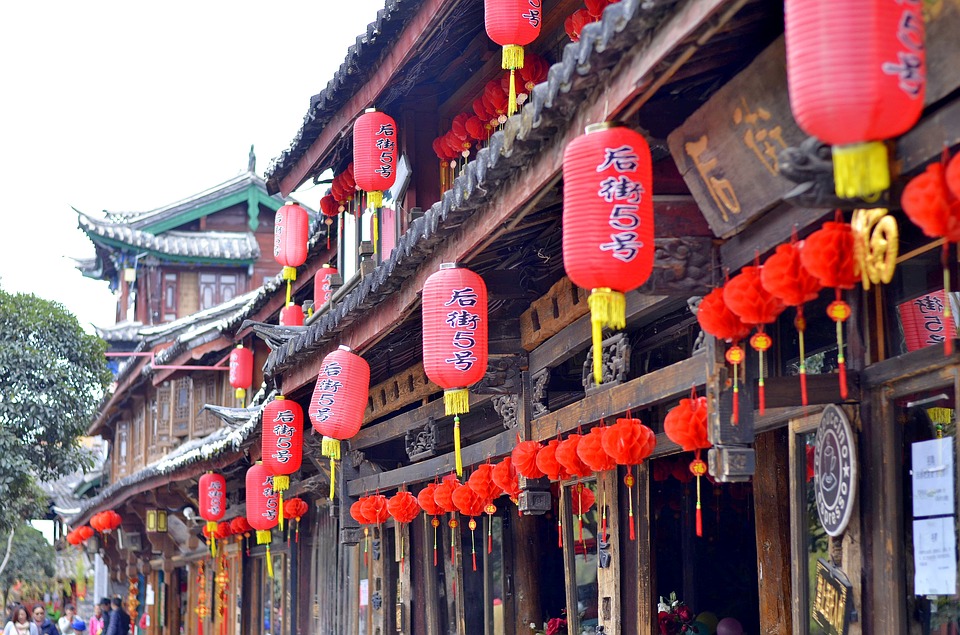Chinese New Year is one of the all-important Chinese holidays! Most Chinese people go home to celebrate this day together with family. The Chinese New Year is also known as the Spring Festival. The celebration starts well with paying off debts, a clean house and new clothes. The Chinese New Year is full of fireworks, dragon and lion dances.
The Chinese New Year begins every year between January 21 and February 20. If you are going to travel, during this period then it is helpful to make reservations because it can be crowded. All people in China have time off then.
Instead of months, the Chinese zodiac is based on the year of birth. Each year is related to an animal sign according to a 12-year cycle. The 12 animals are in order: Rat, Ox, Tiger, Rabbit, Dragon, Snake, Horse, Goat, Monkey, Rooster, Dog and Pig.
Why are the animals in this order? According to a myth, the Jade Emperor said that the order is the order of arrival at the Jade Emperor's feast. The Ox had left the night before and would be first. The Tiger would arrive early the next morning and be second. The Rat had sneaked up on the Os and jumped off the Os when he caught sight of the Jade Emperor. This put the Ox and Tiger in second and third place. The fourth to arrive was the Rabbit, who is named as “proud - even a tad arrogant - of his speed. When the Rabbit arrived at the party, no one was there yet, so he decided to take a nap and came in fourth. The Snake and the Dragon arrived at the party at the same time. The Jade Emperor first saw the Dragon (number 5) and then the (smaller) Snake (number 6). The Horse was afraid of the graveyard on the route to the feast and hesitated for a very long time before passing it. He ran past the graveyard with his eyes closed and then went forward with full horsepower, and managed to arrive at the feast seventh. The goat and the ert set off together, but a river had to be crossed. Since there were no boats, they had to swim across. It was too much for the deer and he gave up. The goat struggled on alone and finally arrived at the feast in eighth place.
In 2025-2026, it is the year of the Wooden Serpent! The Serpent is known to be mysterious and subtle. The Serpent brings an elegant and sophisticated influence. The Serpent is known for wisdom, knowledge, intelligence, intuition and creativity. Snakes are also characterized by luck, abundance, fertility and long life. Snakes shed their skin and renew themselves, representing rebirth and transformation. Snakes are also known for their negatives such as deception, jealousy and temptation. Snakes are enemies of the Dragon and Tiger. Snakes can be poisonous and their bite can lead to death. You are Snake if you were born in: 1917, 1929, 1941, 1953, 1965, 1977, 1989, 2001, 2013 and 2025. The 2025 Wooden Snake is charming, intelligent and creative, as well as secretive and sometimes reckless. The year of the Wooden Serpent is going to be a year full of potential, innovation and possibilities. Use the positive sides of the Serpent, wisdom and intuition.
2026-2027 is the year of the Fire Horse! The horse is the noblest animal in the Chinese zodiac. Horses are talented, popular, smart, cheerful and charming. Horses are practical, hardworking and cannot sit still. They are industrious and enthusiastic, can adapt to any situation. The horse is alert, elegant and graceful. Because of the intelligence of the Horse and their adaptability, the horse will quickly feel at home in all kinds of situations. Horses can sometimes be too easygoing. They are easily hot-tempered and short-tempered. They have difficulty cooling down. They feel bored, Ince they lose interest in the subject. Besides that they are impulsive and try to control what they say and their actions. They still sometimes seem arrogant and can be condescending.
2027-2028 is the year of the Fire Goat (sometimes also referred to as a sheep)! The goat is a well mannered animal. They are romantics, who love to pamper. Besides that they have artistic dispositions and they appreciate and respect nature. The sheep need the security of family and see spirituality as an important aspect in life. Sheep are quite willing to go the extra mile if they want something. Especially if it gives security and comfort. The goat has a generous heart and are always able to forgive and forget. The goat can also be indecisive, dependent and needs to have a leader. They are not open, love to complain and prefer to proceed with caution.
2023-2024 was the year of the Water Rabbit. Rabbits are easygoing, sociable and agile, and have difficulty with self-control. The Rabbit is ‘the tame animal that personifies hope and long life. The constellation is attributed the traits of pure, gentle, quiet, polite and elegant. But make no mistake, people born in the Year of the Rabbit are also vigilant, never discouraged, witty, quick, capable, kind, patient and very responsible. They do not reveal their thoughts easily and have a tendency to escape reality. 2023 was the year of the rabbit. Anyone born in 1987, 1999 or 2011 and in 2023 is a rabbit. 2023 was the year of hope. Recognisable?
2024-2025 was the year of the Wooden Dragon! The Dragon is known as a powerful symbol in Chinese culture. It is the only mythical animal in the Chinese zodiac and is often associated with luck, power and charisma. Wood represents nature, growth, expansion and renewal. Combined with the Dragon, which stands for strength and vitality. This may start to be a year of development. Progress with new initiatives, start-ups, technological innovations and sustainability innovations. It is the year of action! This applies specifically to the Dragon. You are Dragon if you were born in 1940, 1952, 1964, 1976, 1988, 2000, 2012 or you will be born next year.















Add new contribution